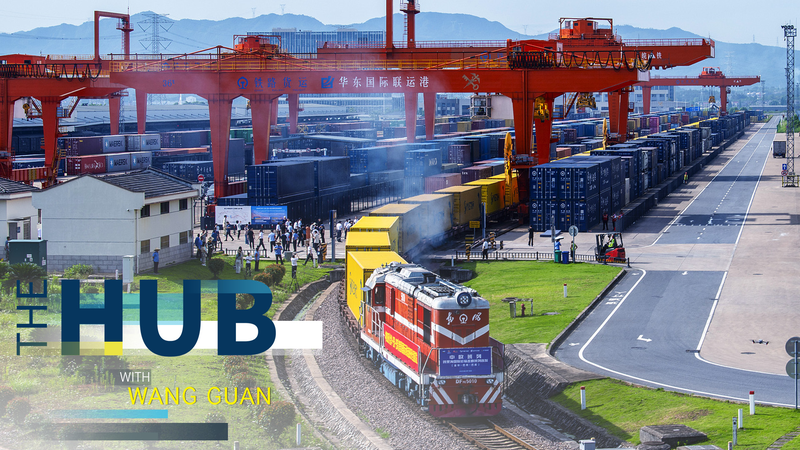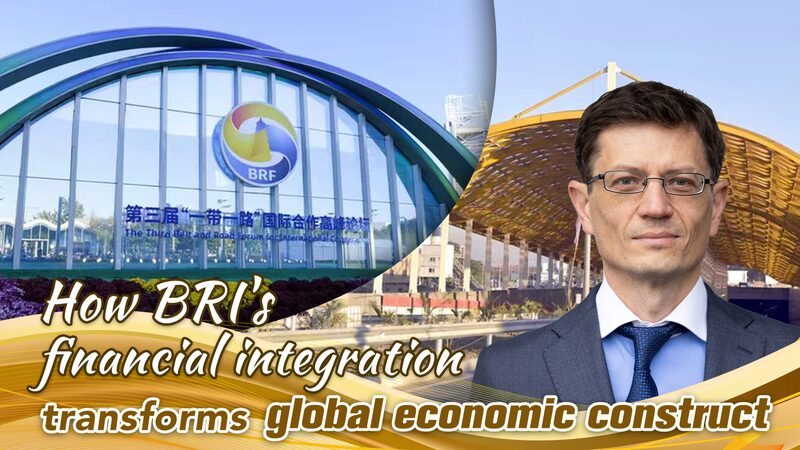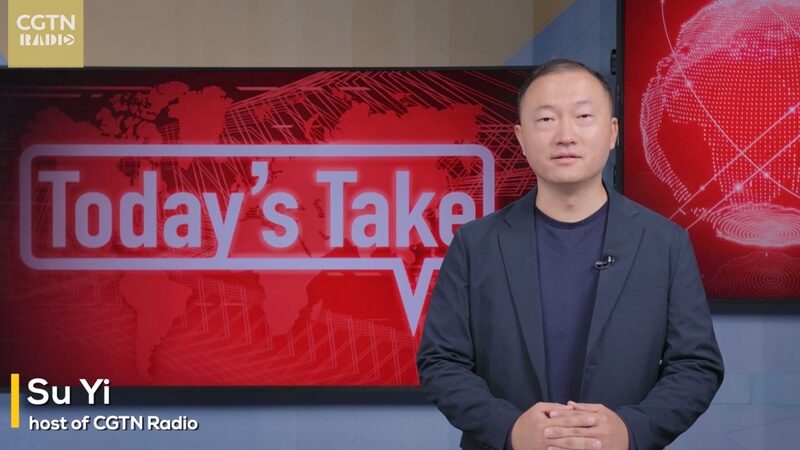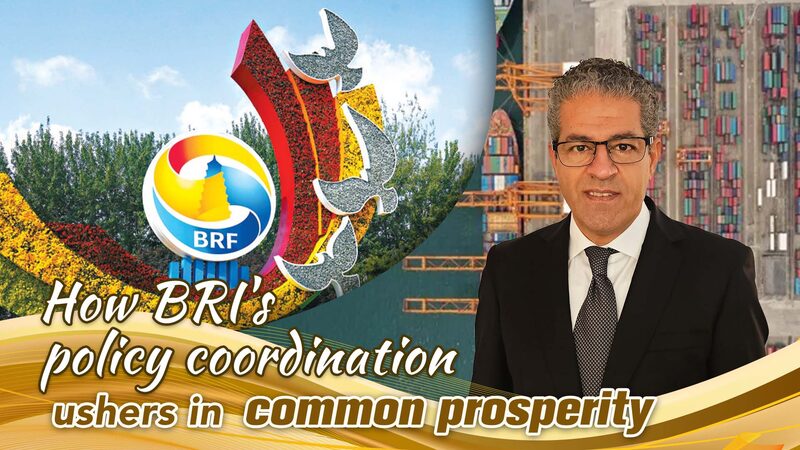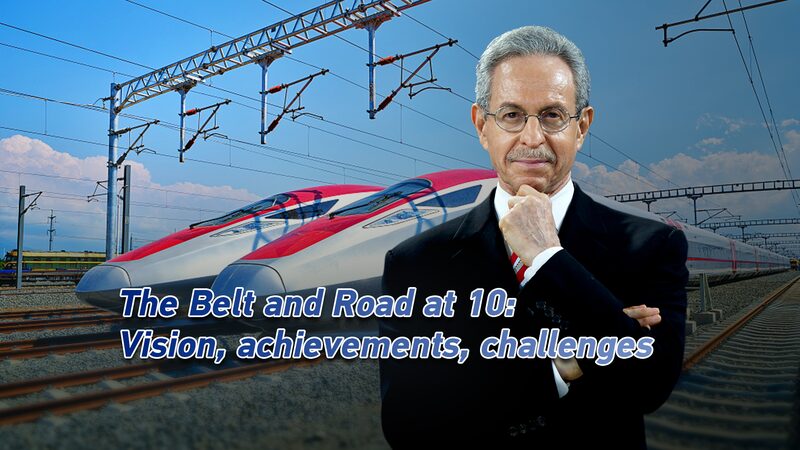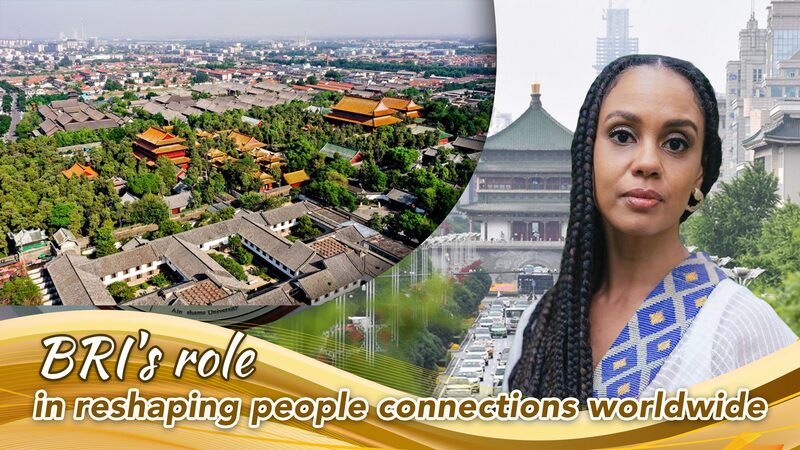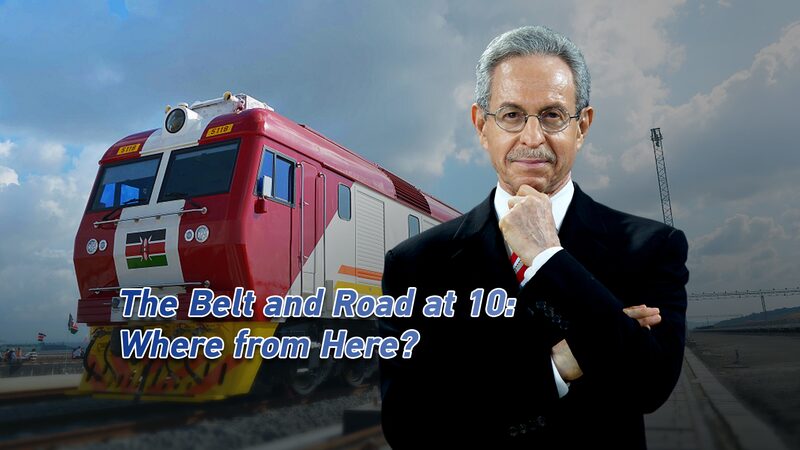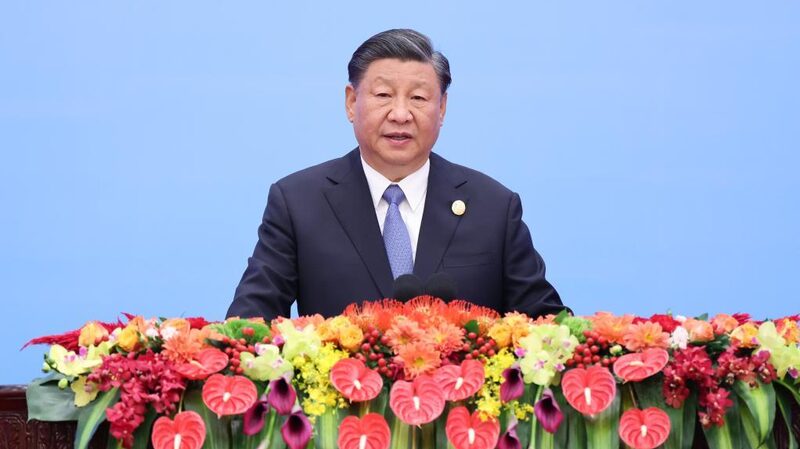As the Belt and Road Initiative (BRI) marks its 12th anniversary, global leaders and analysts gathered at Summer Davos in Tianjin to assess its evolving role in an era of geopolitical shifts and climate urgency. Launched in 2013 by Chinese President Xi Jinping, the $1 trillion infrastructure network now spans 150+ countries and regions, reshaping trade corridors from Southeast Asia to East Africa.
‘The BRI has become a platform for South-South cooperation,’ noted Dr. Amina Rahman, a development economist at the forum. ‘Its focus is shifting from hard infrastructure to digital connectivity and green energy partnerships.’ Recent projects like the China-Laos railway and Pakistan’s Karot hydropower plant exemplify this transition toward sustainable development goals.
However, challenges persist. Debt sustainability concerns dominated discussions, with World Bank data showing 60% of BRI loans now targeting low-income countries. Chinese officials emphasized new ‘small but beautiful’ projects and local workforce training programs to address criticism. ‘We’re prioritizing climate-resilient infrastructure,’ stated Zhao Chen, a BRI policy advisor, highlighting a 40% increase in solar energy investments since 2020.
As supply chains realign post-pandemic, BRI’s Digital Silk Road gains momentum. Huawei’s cloud infrastructure in Indonesia and Alibaba’s smart logistics hubs demonstrate how tech is becoming central to cross-border connectivity. With 35% of BRI partners now involved in e-commerce partnerships, the initiative appears poised to shape tomorrow’s digital economy.
Reference(s):
BRI at 12: What's Next for China's Global Infrastructure Vision?
cgtn.com
